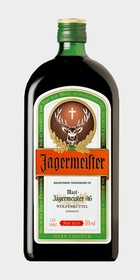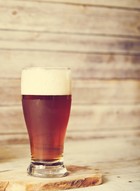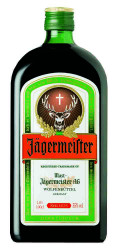While most modern-day doctors are likely to tell you to ease up on the drink, there was once a time when alcohol played a key role in health and wellbeing. We take a look at alcohol's history as a legitimate medicine
Humans have a tendency to put alcohol in one corner and health in another. In an age of juice detoxes and caveman-inspired diets, we’ve convinced ourselves that boozy beverages and wellbeing don’t mix.
So it may come as a surprise that alcohol was once used in a medicinal manner – to fix and prevent niggly illnesses.
From the moment alcohol came about (experts predict it was around 10,000 years ago), humans have been using it as a medicine. The earliest evidence of this dates back 5,000 years. Bioarchaeologists found a jar containing wine residue and medicinal botanicals in a Egyptian pharaoh’s tomb.
The father of modern medicine, Hippocrates, created alcohol-based remedies by infusing herbs in wine and later, using distillation to create a higher proof spirit. This would preserve the herbal ingredients and speed up the absorption rate of the medicine.
The rise of Christianity transformed alcohol into the ‘water of life’. It was safer to drink than water, which was often riddled with disease, and eventually tinctures of distilled and herbal infused alcohol were sold to those with nasty ailments.
Of course, the potentially harmful aspects of alcohol were also discovered rather quickly.
Roger Bacon, a English philosopher and medical writer during the 13th century, write that wine could “preserve the stomach...help digestion, defend the body from corruption” but also issued a warning of excessive consumption: “If it be over-much guzzles, it will be on the contrary do a great deal of harm.”
As the years flew by, more and more herbs, spices, peels, barks and berries found their place in medicines alongside alcohol – such a juniper in gin, which was used for fevers and tropical diseases often caught by Dutch settles in the West Indies.
Some of these medicine-like alcohols are still about today as well as a few new additions. We’ve rounded up a few below:
Chartreuse
This green-coloured French liqueur has been made by the Carthusian Monks since 1737. The recipe was passed down from François Annibal d'Estrées in 1605 and includes 130 herb, plant and floral ingredients – each possessing a medicinal quality. So it’s pretty much the Da Vinci Code of booze.
? Jägermeister
Jägermeister
?Sitting at 35 per cent ABV, Jägermeister is another ‘secret’ concoction distilled using a range of herbal ingredients. It was introduced to the German public in 1935, not as a alcoholic drink, but as a medicinal elixir to help with digestion and coughs.
Ingredients such as cinnamon bark (a fix for tummy issues), cloves (an anti-inflammatory and reduces fever) and star anise (helps with liver health and works as an anti-viral) are all present in Jägermeister.
Vodka
Russians claim that vodka aids the cardiovascular system, reduces stress (no surprises there) and freshens breath.
 Red Wine
Red Wine
This one has been at the forefront of the health and alcohol relationship. It is said to be good for the heart, burns fat and lowers blood pressure. All in moderation, of course.
Medicinal Cocktails
Sometimes people want to have their cake and eat it too – and rightly so. New age ‘healthy’ cocktails are set to become a thing this year. Fancy a kalejito (a kale moijito)? Or a shot of vodka in your green smoothie?
 Beer
Beer
Beer originates from the ancient Mesopotamian times between 3500-3100 BCE (modern-day Iran) where it was brewed as a nutritional staple and a way to keep grains fresher for longer through fermentation. It also might have been a substitute for bread.




